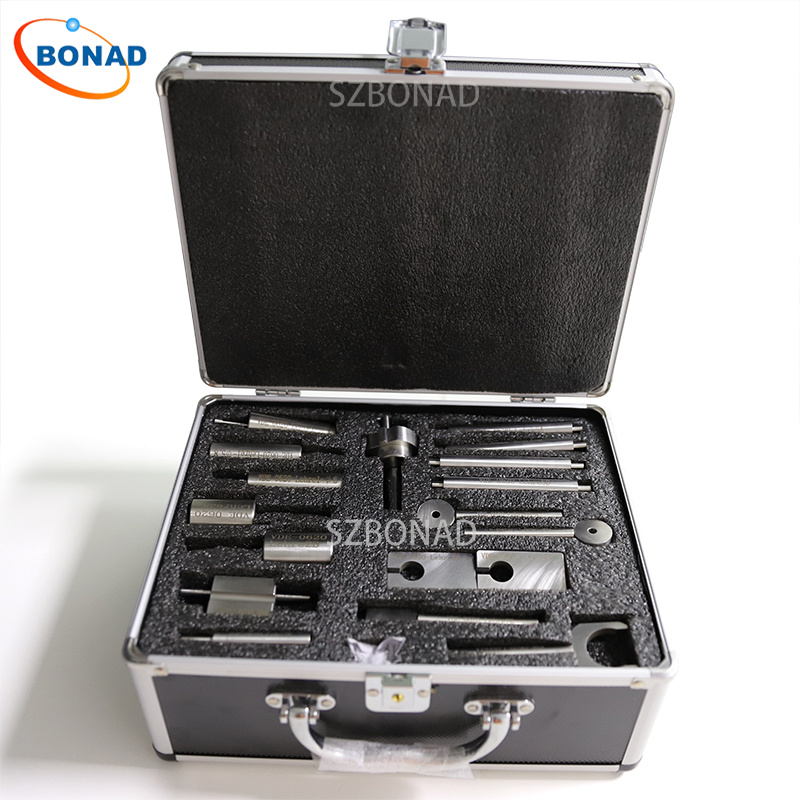Overview of Battery Test Chambers
Battery test chambers replicate real-world environmental conditions to assess battery performance. These chambers allow engineers to understand how a battery will behave under various conditions it might face once deployed in the market.
These chambers offer precise control over environmental factors such as temperature, humidity, and pressure. Engineers can simulate a range of conditions, from extreme heat to severe cold, to evaluate battery performance comprehensively.
The ability to set high temperatures for short cycles helps determine how batteries react to intense heat, like that from direct sunlight. Conversely, maintaining high temperatures for extended periods reveals the effects of prolonged exposure to heat. Detailed reports generated from these tests are invaluable for engineers.
Importance of Battery Test Chambers
Lithium-ion batteries are ubiquitous across industries due to their durability and long discharge times. They power everything from smartphones to cars and airplanes. However, a malfunctioning or exploding battery can have disastrous consequences for manufacturers.
To mitigate such risks, manufacturers rigorously test their batteries in controlled environments. This extensive testing helps identify potential weaknesses and defects before the batteries reach consumers.
Battery test chambers evaluate key performance metrics such as durability, lifetime, and discharge time. Ensuring that each battery meets these criteria is crucial for manufacturers to avoid public failures and associated issues.
Principles Behind Battery Test Chambers
Battery test chambers aim to recreate real-world conditions that batteries encounter once deployed. These chambers can rapidly adjust temperature and humidity levels to simulate sudden environmental changes.
The reliability of these tests stems from their execution under controlled temperature and humidity settings. The chambers feature dedicated systems for temperature control, humidity regulation, and pressure adjustment, all working together to create a realistic environment for the battery.
Key Components of Battery Testing Chambers
Battery test chambers consist of three primary systems:
- Temperature Control System
- Humidity Control System
- Data Acquisition System
These systems ensure comprehensive battery testing. Any malfunction detected during these tests indicates that the battery needs improvement before it can be market-ready.
Temperature Control System
The temperature control system includes heating resistors and cooling units (such as refrigeration units or liquid nitrogen). Operators can adjust the temperature to simulate various conditions the battery might face.
The chamber’s excellent insulation ensures that heat or cold does not escape, maintaining stable internal conditions. Temperature sensors provide real-time data on the chamber’s internal environment, allowing operators to monitor the battery’s response accurately.
Humidity Control System
Batteries must also be tested under different humidity levels. The chamber features both humidifiers and dehumidifiers to adjust humidity levels accordingly. Humidity sensors measure these levels, ensuring accurate testing conditions.
Once the humidification process is complete, dehumidifiers remove all moisture, exposing the battery to extremely dry conditions. This rigorous testing ensures that only reliable products reach consumers.
Data Acquisition Systems
Continuous monitoring of voltage, current, and pressure is crucial during testing. Various sensors log this data, helping manufacturers assess whether the battery maintains its performance under different conditions.
Types of Battery Testing in Chambers
While temperature and humidity are primary testing parameters, other tests include:
- Shock Tests
- Vibration Tests
- Overcharge Tests
- Short Circuit Tests
- Mechanical Testing
- Charge/Discharge Cycles
These comprehensive tests ensure that every aspect of battery performance is evaluated thoroughly.
Safety Features in Battery Test Chambers
Modern battery test chambers are equipped with advanced safety features such as:
- Ventilation Systems
- Explosion-Proof Design
- Fire Suppression Systems
These features ensure that any malfunctions during testing do not compromise the safety or integrity of the chamber itself.
Lithium-Ion Battery Testing
Lithium-ion batteries undergo rigorous testing in these chambers due to their widespread use and high reliability. Engineers place these batteries in the chamber and adjust various parameters like temperature and humidity to identify defects and improve performance accordingly.
Frequently Asked Questions
What is a battery test chamber?
A battery test chamber is a specialized compartment used for simulating various environmental conditions to test batteries’ performance, safety, and reliability.
How do battery test chambers control temperature?
They use heating elements like resistors for heating and refrigeration units with liquid nitrogen for cooling. Thermal insulation and temperature sensors maintain desired conditions accurately.
Can leaking batteries cause explosions or fires?
Yes, leaking batteries can lead to explosions or fires due to flammable electrolytes. Hence, test chambers are equipped with fire suppression systems and explosion-proof designs.
How can you tell if a lithium-ion battery is bad?
Professionally tested in chambers for defects; signs include reduced capacity, longer charging times, overheating, swelling, or leakage for general users.
Are all types of batteries tested in these chambers?
Yes, various types like lithium-ion, nickel-metal hydride, lead-acid batteries are tested without limitations.


